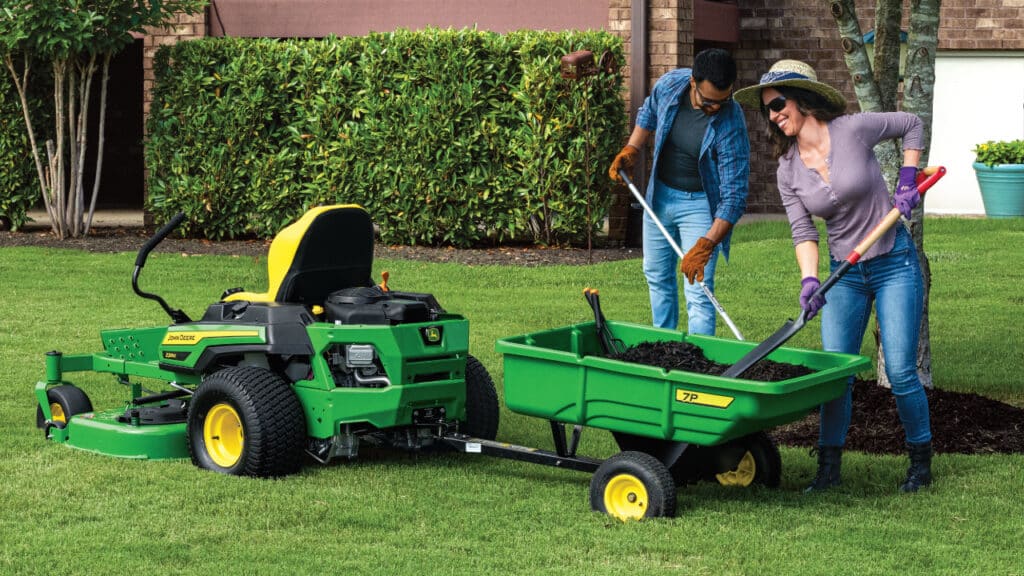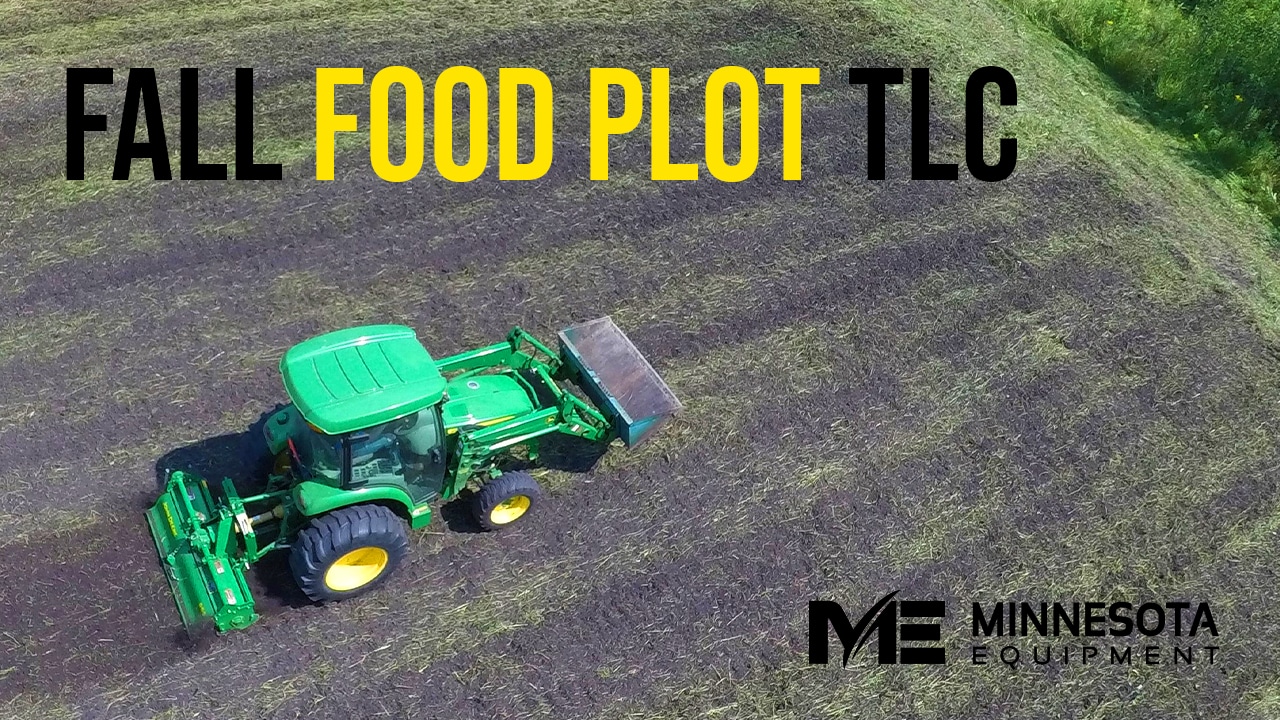
Thriving food plots can attract whitetail deer and other wildlife to your property all fall. Stunted, weed-choked plantings are another story. Make sure you give your food plot the TLC it needs this Fall.
The good news is if your food plots are struggling—or you’d like to start a new plot in time to draw deer into range for November and December hunting trips—there’s still time to help your property produce a wildlife buffet.
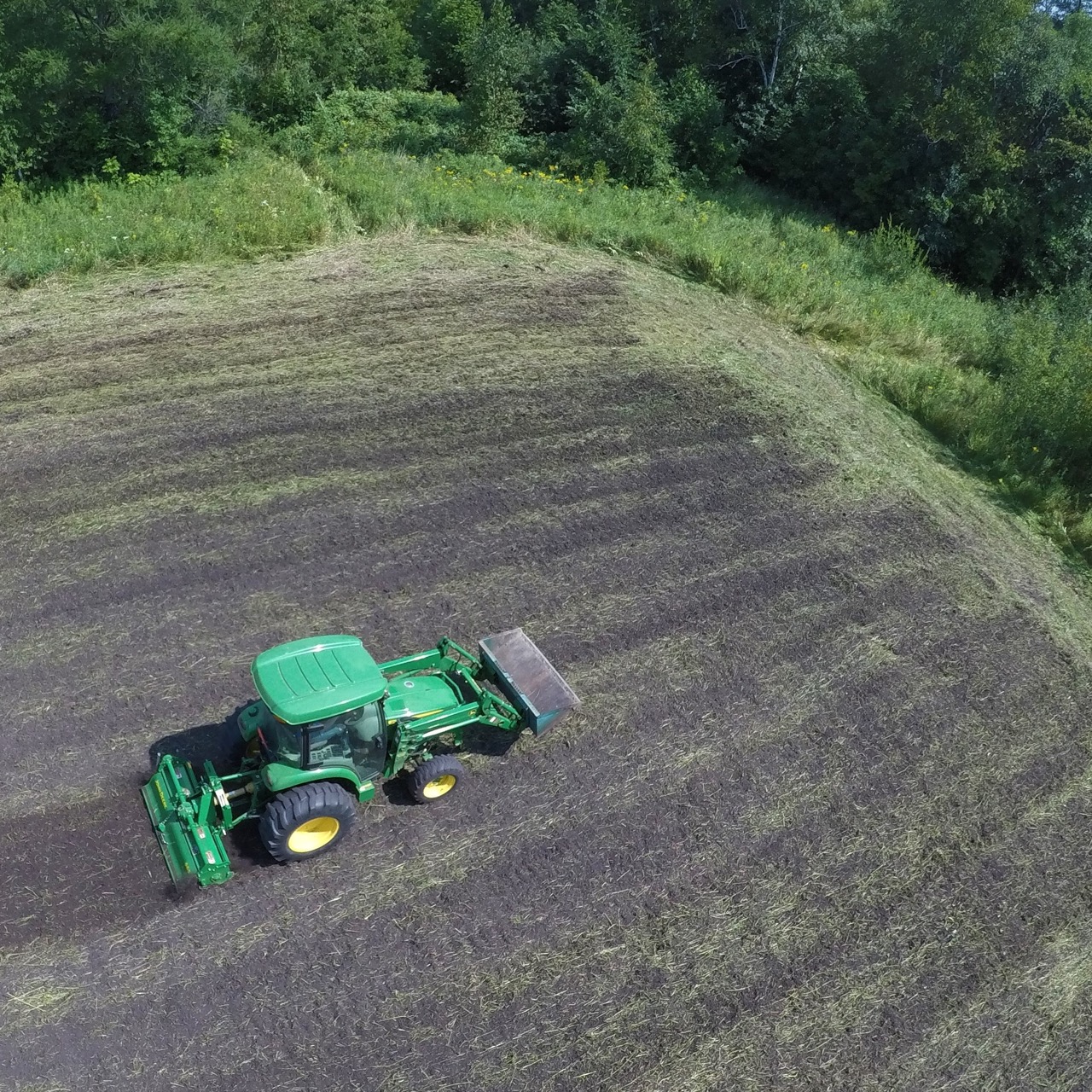
While the ideal window for sowing some crops has closed, you can still spice up an existing plot, or start a new one, with a variety of seeds. Cereal grains like winter wheat and rye are stellar options in September and even early October—depending on your location—with wheat tasting a bit better to whitetails.
Both wheat and rye are relatively inexpensive and sprout quickly given the right mix of soil moisture and sunshine. They’re also frost-tolerant, providing green forage long after more delicate crops have succumbed to the cold. As a bonus, wheat and rye can provide deer and turkeys with succulent shoots and seed heads next spring.
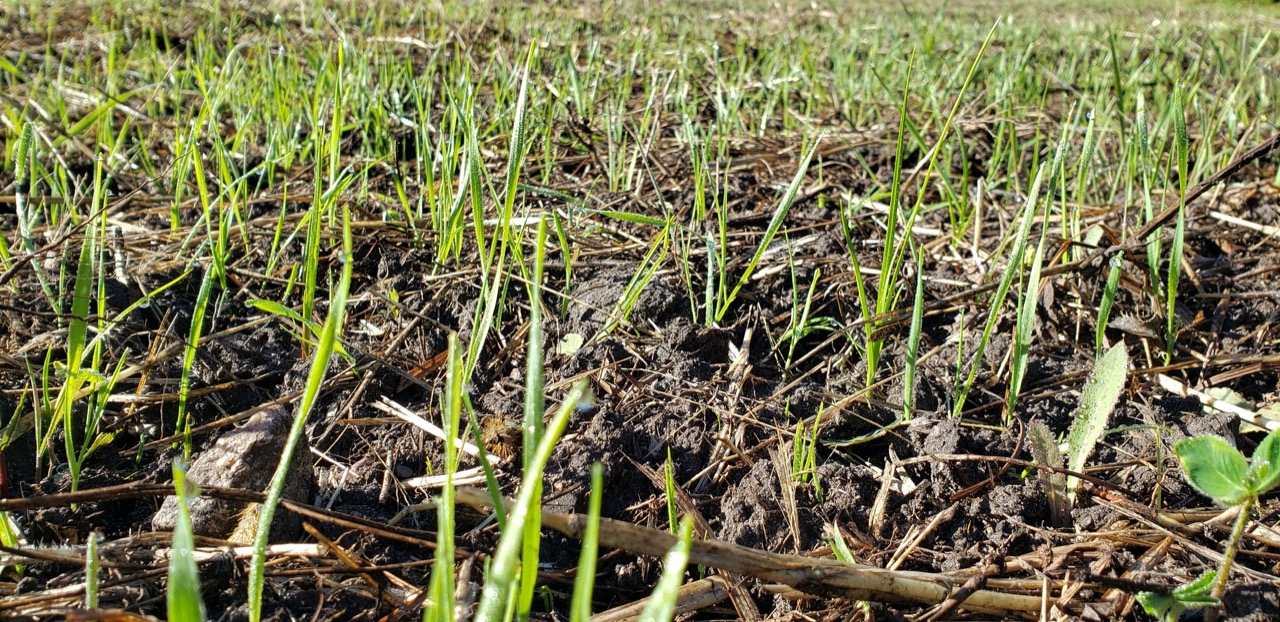
There are other options in crops, too. Check with your local ag service center, mill, or another retailer for a suitable fall planting mix.
Food Plot Prep
Pre-planting site prep and a soil test are still important this time of year. A soil test helps the ground yield a bumper crop. University extension offices, co-ops, and mills are all potential resources to help you test your soil. When collecting samples, be sure to gather soil from different areas of the plot and mix it together, so you get a true perspective of what your plants will need to thrive.
If you don’t have time for a full soil test, a hand-held pH meter can give you an assessment of soil alkalinity and acidity. Many plants flourish with a pH above 6.0 and less than 8.0 but always check specific recommendations. (When possible, test the soil and add lime as needed six months ahead of the planting date, to give the lime time to interact with the soil.)
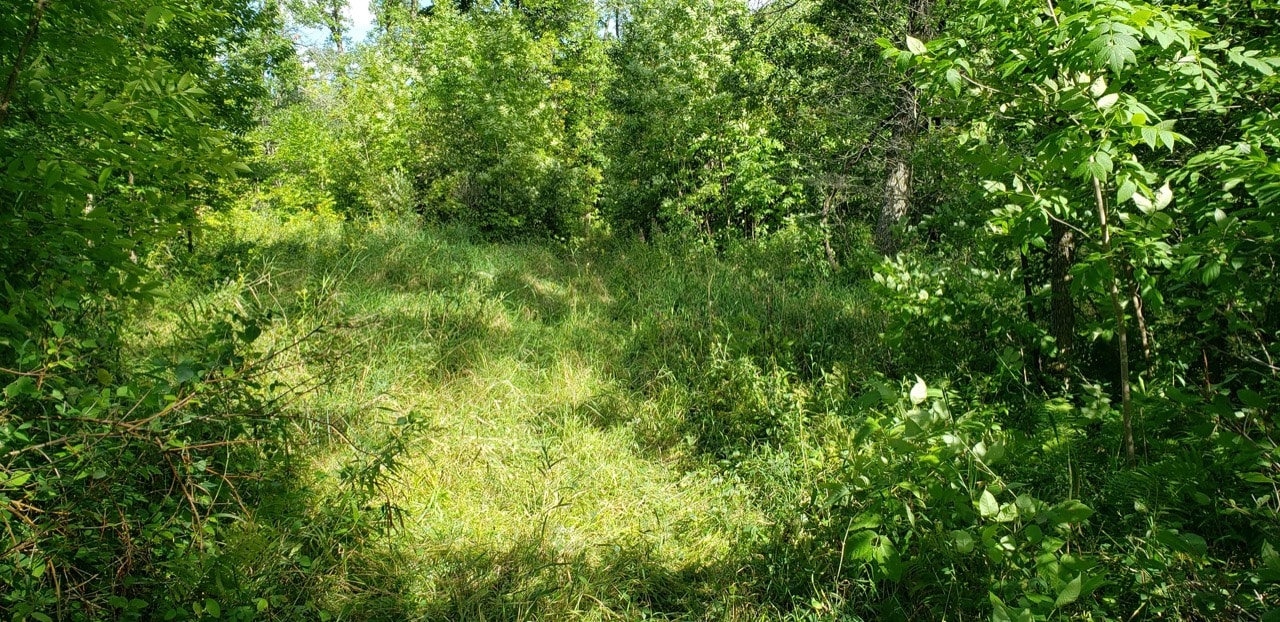
Some handheld meters also measure soil moisture, which is a big deal during a dry fall. Barring rain, plots sown on scorched ground rarely succeed. You can also judge soil moisture by squeezing a handful of dirt into a ball. If it falls apart when you relax your grip, it’s too dry. If it holds its shape, you’re good to go. That is, as long as water doesn’t ooze out under pressure, which could indicate the location is too wet.
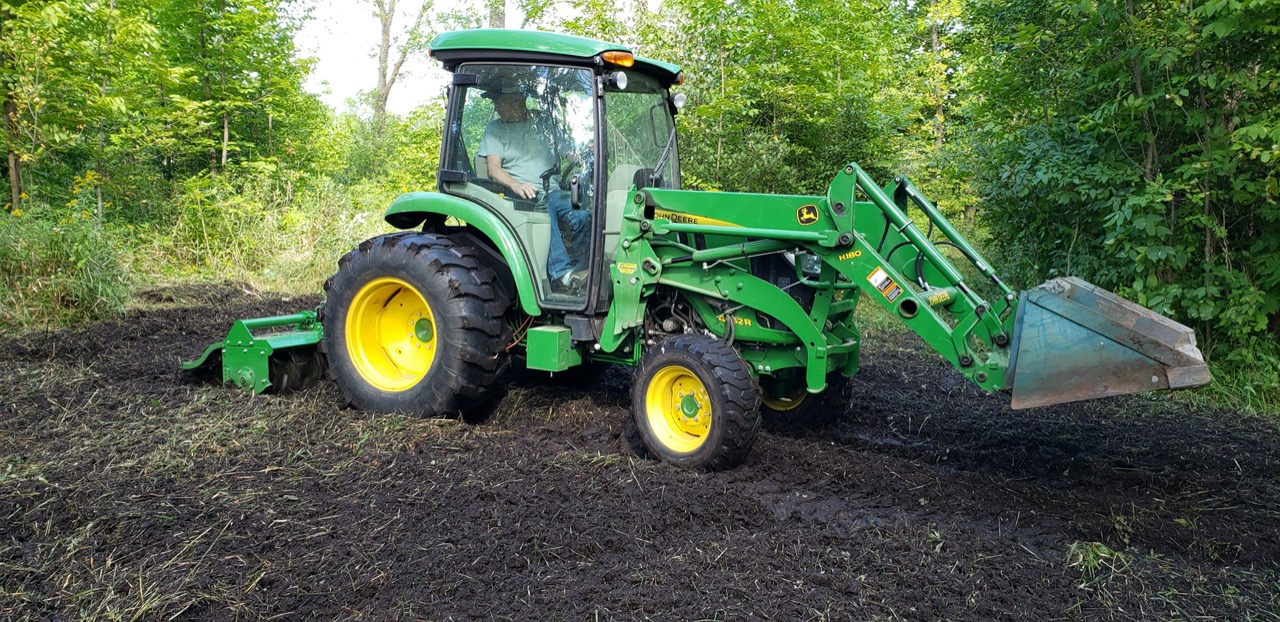
Tillage is also key to fall planting success. Ideally, you’d have tilled the ground a month ago and only have to give it a once-over with a rotary tiller or disc and drag. But you can still tame hellish tangles of vegetation with a rotary cutter, then plow, disc and polish it off with a tiller. If you add chemical herbicides to the weed control mix, be sure the weed killer is safe for your crop.
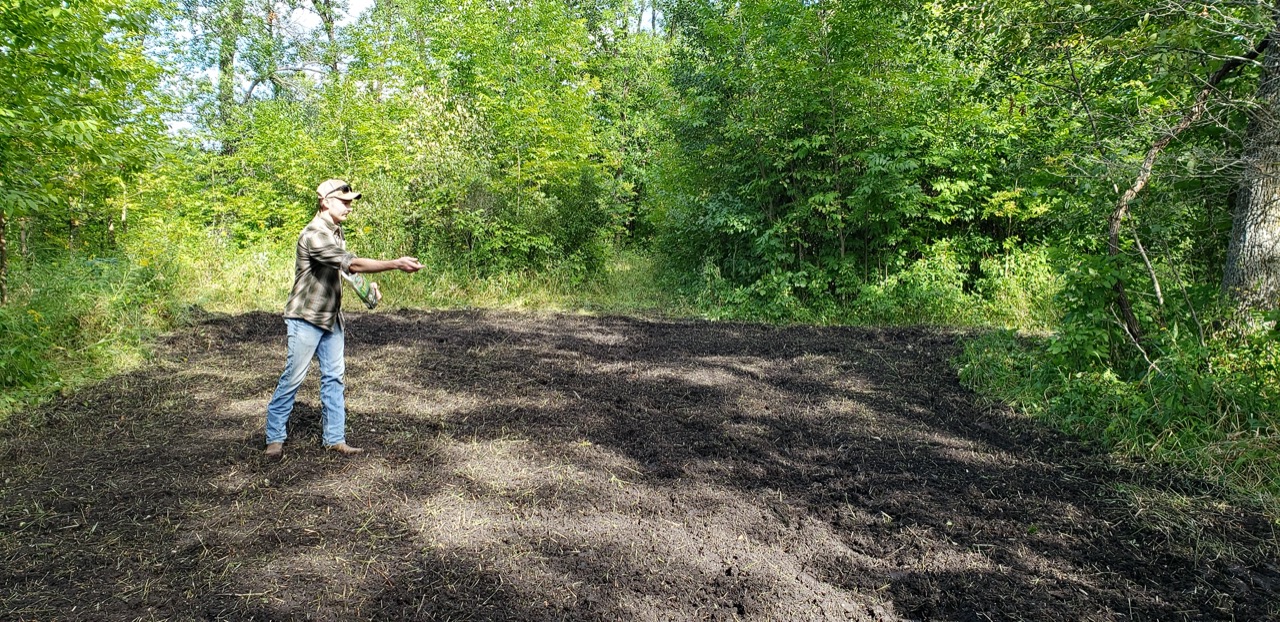
With a little effort on your part, fall food plot TLC and establishment can produce big dividends on your property. Visit Minnesota Equipment for the latest John Deere compact tractors, attachments, and other tools.
And remember, fall is also a great time to think about next year’s food plot. A little forethought and prep work now can make next year’s plantings the best ever. For tips on prepping your plots for spring success, CLICK HERE.


 MyME
MyME

